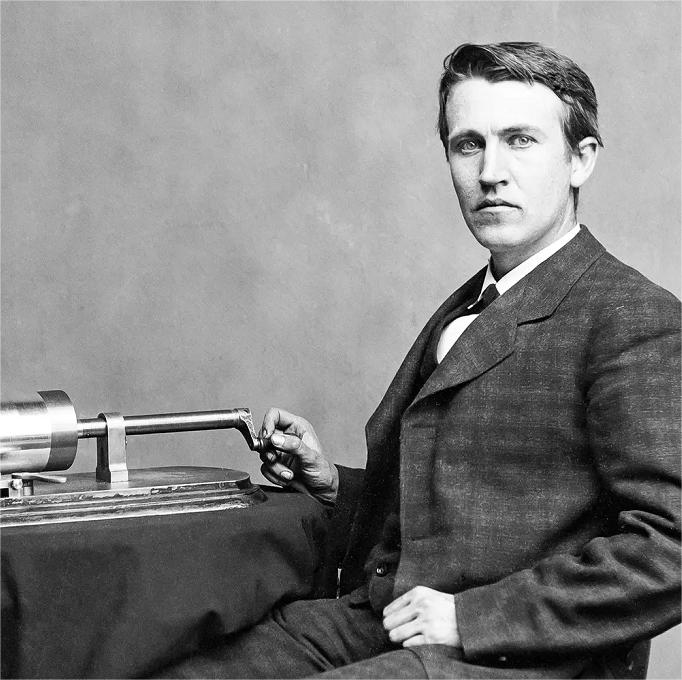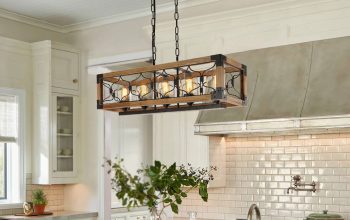An Edison light bulb is an early tungsten-filament incandescent lamp. Modern light bulbs are often compared to these bulbs, as they are quite similar in appearance. However, they are not based on the original bulb, but rather replicate its appearance. To learn more about Edison’s invention, read this article.
Thomas Edison
Thomas Edison was one of the first people to develop the light bulb. It was the first practical electric incandescent lamp. Edison’s lightbulb worked by passing a current through a metal filament wire, heating it to a high temperature. The filament was then surrounded by a glass bulb filled with an inert gas, providing light for a short period of time. He first demonstrated his lightbulb on New Year’s Eve, 1879, in his Menlo Park, New Jersey, laboratory.
Edison also developed the phonograph. The phonograph, first used in cinemas, used wax-coated cardboard cylinders. His patent for this invention remained active until the 1930s. Edison was the first honorary fellow of the Acoustical Society of America, founded in 1929.
Joseph Wilson Swan
Sir Joseph Wilson Swan was an English physicist, chemist, and inventor. He was an early developer of the successful incandescent light bulb. It was his work that ultimately led to the creation of the modern, ubiquitous light bulb. Today, the incandescent light bulb is considered one of the most important inventions in history.
Swan also developed an improved carbon filament and a way to attach the carbon filament to the bulb. He also developed a process to treat cotton with sulfuric acid to create carbon fibers. These filaments could be pushed through a porous screen to form a much stronger filament. As a result of his efforts, the light bulb began to be installed in homes and landmarks throughout England.
Carbonized bamboo filament
Thomas Edison was one of the first inventors to use carbonized bamboo filament in light bulbs. He had been trying to develop a commercially viable light bulb since 1878. In 1879, Edison filed a patent for his electric lamp, specifying the materials used for the lamp: carbon filament, cotton and linen thread, and wood splints and papers. His patent was granted on 27 January 1880. In 1880, Edison discovered that carbonized bamboo filament could last up to 1,200 hours, making it ideal for use in light bulbs.
When he was searching for the perfect filament, Edison tried more than 1600 different materials, including beard hair, sewing thread, and carbonized bamboo. Finally, he found one that would fit his requirements. This filament was made from bamboo, and it glowed beautifully in a vacuum-filled bulb for 40 hours.
High resistance system
In the early 1900s, Thomas Edison was researching different materials for a new light bulb. He was trying to find a way to build a high-resistance system that could be used to build small electric lights that would last a long time. His goal was to use a combination of high voltage, high resistance, high melting point, and vacuum to create a practical lighting system. In the process, he developed an infrastructure to support his work and enlisted investors to help finance his new invention.
After Edison developed a high-resistance system, Swan worked to improve the lightbulb. Swan had previously used a thick carbon rod that gave off gases and required too much power. By improving on this design, he incorporated a thin, high-resistance filament in Edison’s lamps. Despite his success, Swan and Edison were not able to get the patented version of the light bulb patented by each other.
Patent
Thomas Edison was the inventor of the light bulb. His patent application was filed on November 4, 1879, and it was granted on January 27, 1880. The patent’s drawing shows a spiral filament. Throughout the patent application, Edison repeated the reference to spiral filaments. In 1884, he sold over 3,000 light bulbs to 203 customers.
The problem of cost-effectiveness was a major barrier to Edison’s initial designs. However, he eventually came up with a carbonized paper filament lightbulb and obtained a UK patent. He demonstrated his working lamp in Newcastle, England, in February 1879.
Commercial viability
The invention of the light bulb, and the subsequent revolution that followed it, were the brainchild of Thomas Edison. The early versions of light bulbs were not very effective and expensive, and the resulting light was not very efficient. However, Edison’s design was the first to be commercially viable and became a worldwide sensation.
In 1878, Swan and Edison began to develop the light bulb. The two inventors worked together to develop a viable product, and Swan’s presentation was so similar to Edison’s that the two eventually merged their companies and began mass-producing the technology together.




